Real-Time Strategies were once a powerhouse of the game’s industry. For a long stretch of time, every year would usher in a new classic that moved the genre into a new direction or perfected pre-existing elements. Those days have long since gone, with the genre now scarcely finding representation in a world of the overblown cinematic, low-skill ceiling, games meant to consume and not master.
In steps Iron Harvest, a game that wears its influences on its sleeve, while keeping a bold stance on narrative and setting. Taking place in an alternative 1920s timeline, the Great War has left nations on the brink. Europe struggles through a healing process brought on after years of playing host to battle, artillery bombardment, and mechanized combat. While the population desperately tries to rebuild their lives, tensions still simmer…and a new threat emerges.
Admittedly, going into the preview build prompted excitement purely from the concept of playing a game in a less covered period of history, even with a sci-fi twist. Excitement moves to fascination upon playing Polania, a nation caught between two superpowers. Clear reflections of Poland’s actual history are present in parts, but the sci-fi twist allows for plenty of room to create bubbles of narrative that go beyond glue to stick the missions together.
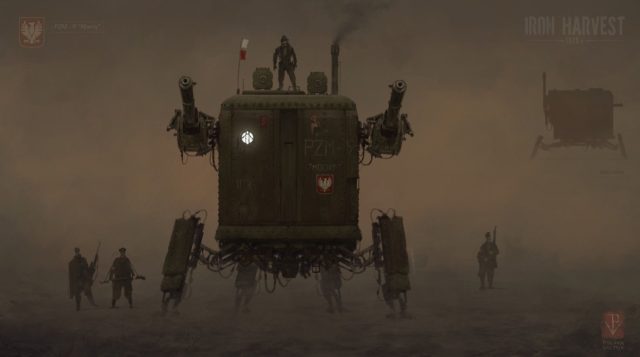
Polania’s section comes from the point of view of Anna Kos, a woman caught up directly in the post-war struggles. Falling into the leadership of the resistance opposing the Rusviet threat, she conducts a number of guerrilla campaigns in the name of freedom and family. It’s a typical tale that has enough varied beats to stay interesting, mostly due to the supporting cast and Anna’s war bear Wojtek.
The missions on offer do a fair job of introducing the core of Iron Harvest, avoiding the feeling they’re glorified tutorials. Within an hour or so, I was on the frontline holding off waves of enemies, maintaining my Mechs, switching unit roles, and demolishing enemy cover. It’s rare an RTS can nail such visceral moments of panic in such a short space of time, but Iron Harvest manages it repeatedly. That feeling of playing an underpowered undermined and under threat nation is wonderfully crafted. Never comfortable, always on the edge…how it should be.
Building bases, defending areas, capturing resource nodes, and supplies dotted around maps. Risk and reward, offensive, defensive. It’s not a unique take on the genre, but certainly, one that works and is respected, with good reason. In a similar way to early Warhammer 40k: Dawn of War entries, engagements don’t feel forced due to bad map design, but more from a natural admiration of a certain spot. With fire and flame, those little land grabs are both exhilarating and fruitful.
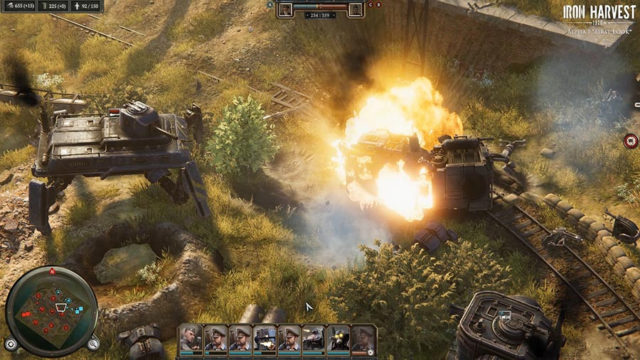
Acting as a bookend, Iron Harvest has mechanics that go with its combat. Avoiding detection from enemy forces is handled in less of a face-check way. Scouting is an effective method that allows a unit to spot enemy forces from range, without entering their line of sight. It’s a valuable asset when strategizing, especially in the latter half of the single-play missions. On the flip side is the Retreat ability. A single click will send select units sprinting back to base, buffing their suppression resistance in the process. One could take the option as a gimmick, but when used correctly, the results speak for themselves, while leaving a phantom medal on your chest.
Of course, the biggest selling point of Iron Harvest is undoubtedly the hulking steam-punk(ish?) mechs that adorn every aspect of the game’s marketing. Their presence catches the eye, creating a stark contrast between the 1920s aesthetic and something uncanny. Spliced into history, these beats of steam and steel push the narrative in unexpected ways, maintaining their starring role. It’s just a shame their presence doesn’t quite have the same pull in the game itself.
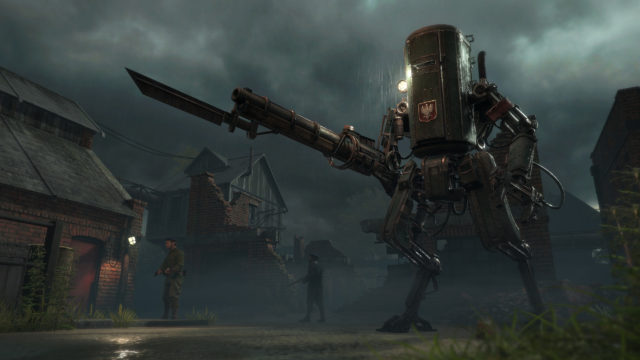
Iron Harvest’s core gameplay rings true to the principles of RTS. Rock, scissors, paper with the responsibility of micro-management. If it isn’t broken, why fix it? To Iron Harvest’s credit, the gameplay allows for tight engagements that open up to more a structured affair. Units fill the expected role of infantry, grenadier, anti-armour, anti-infantry, and medical. The twist here is that units can switch their equipment by taking it from supply drops found in a level, or off their enemies.
It’s a utility that allows for adjustments made when things are going wrong, or if an idea pops into your head. A number of times I would find myself adjusting my strategy to the outcome of each engagement, switching my machine crews to engineers in order to plant mines or set up outposts. Beyond the buzz it brings, the mechanic is a tangible game changer. RTS veterans will no doubt be screaming ‘LIKE COMPANY OF HEROES?!’ and they’d be right. A fair amount of the core combat and unit mechanics share similarities to the 2006 classic, but that’s far from a negative.
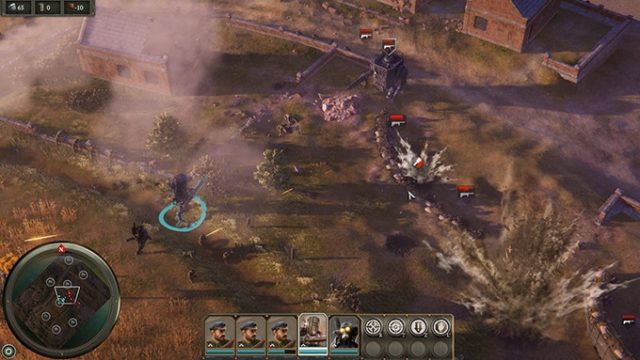
This similarity does play a part in diminishing the role of the mechs, the should-be stars of the show. Their presence may provide for eye-catching spectacle, but their application creates a sense of wanting. Each mech performs different roles in the expected sub-classes. Scouts, heavies, long-range, short-range. Here lies the problem, they don’t feel all that special to use.
A cynical mind could simply call the Mechs nothing more than fancier looking tanks taken from any World World 2 RTS, but there’s a little more to be had in between the gaps. Witnessing a successful flanking maneuver on enemy mechs yields a rush of satisfaction, as do most engagements. More abilities and specialties would make for a sweeter taste, but it does spoil the dish currently offered.
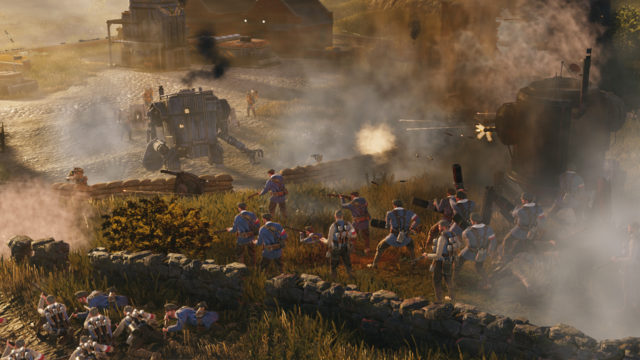
Keeping up that metaphor of food, Iron Harvest does feel like a meal with plenty to chomp on, but in need of a little extra something. The core mechanics work smoothly, producing some genuinely enjoyable RTS experiences, even with the constant sense of longing lingering in the background.
Iron Harvest does a good job of representing the RTS caste. Comparisons to Company of Heroes, Dawn of War, and other contemporary genre classics are inevitable, but they are worthy. There’s a level of fluidity at the heart of the game, washing over every corner. It’s this element that suggests Iron Harvest is onto a good thing, despite the mechs not quite feeling truly special. Steeped in Eastern European identity, this alternative take on history might not trigger an RTS revival on a wide scale, but will most certainly remind the masses why the genre will never truly die.

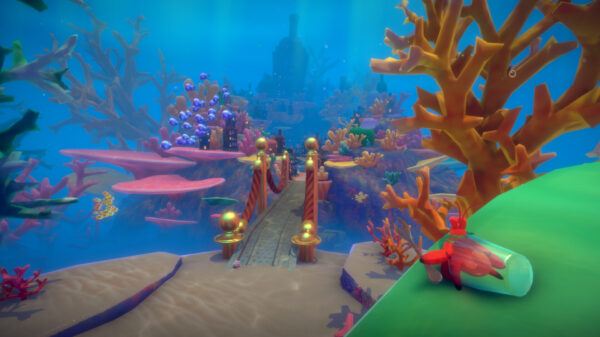
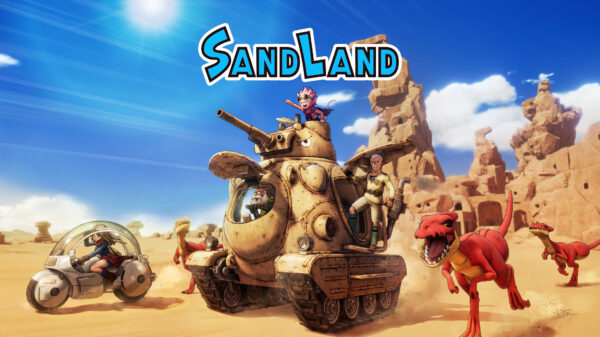
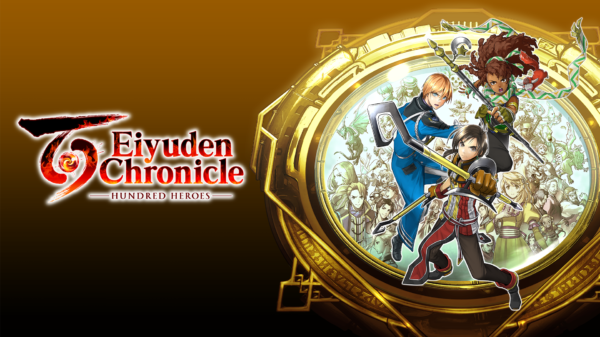

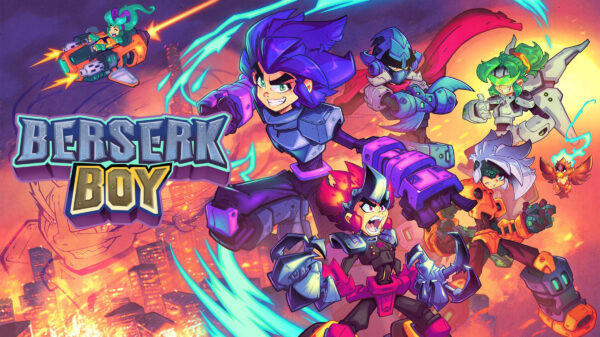
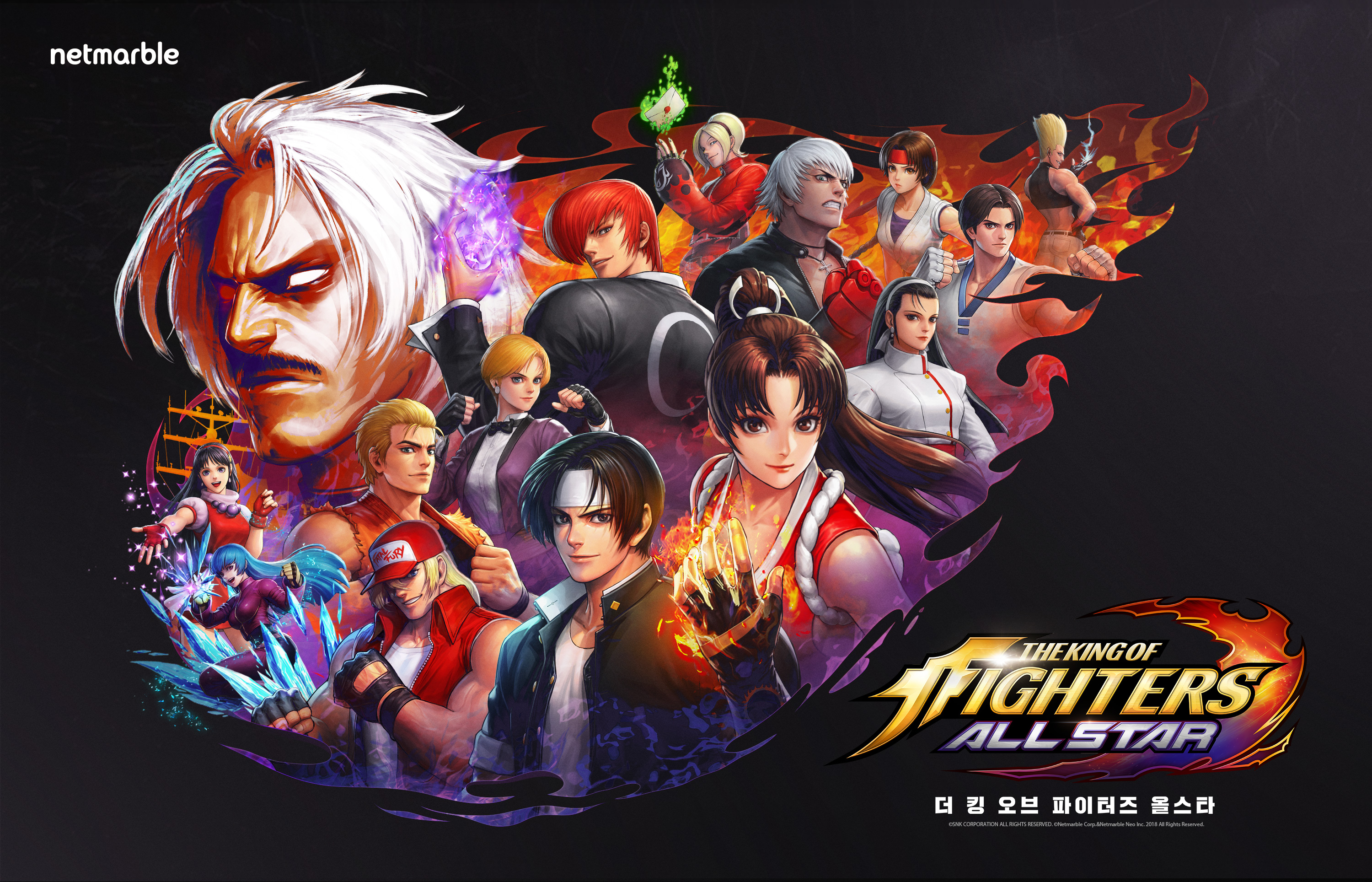
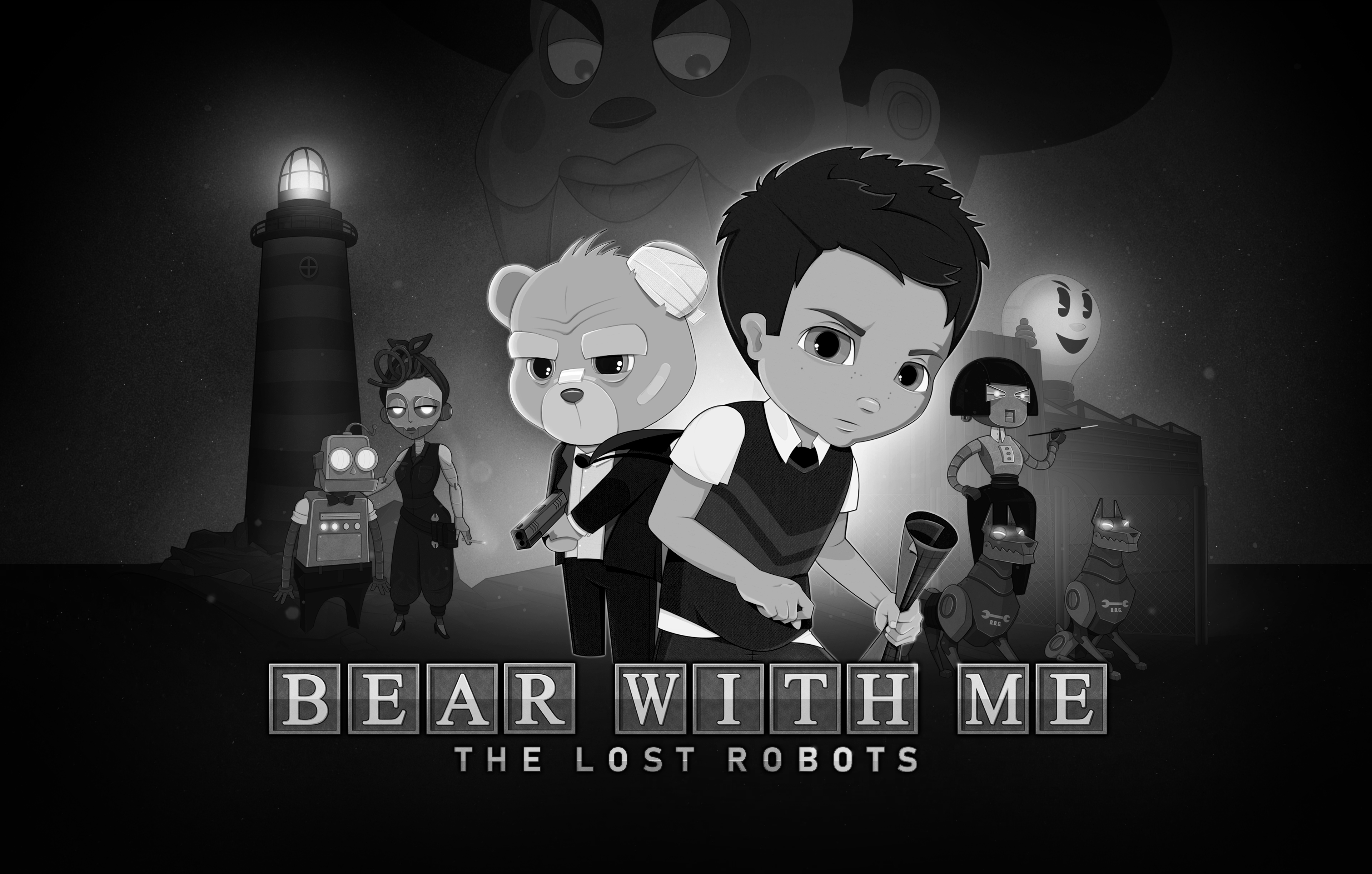
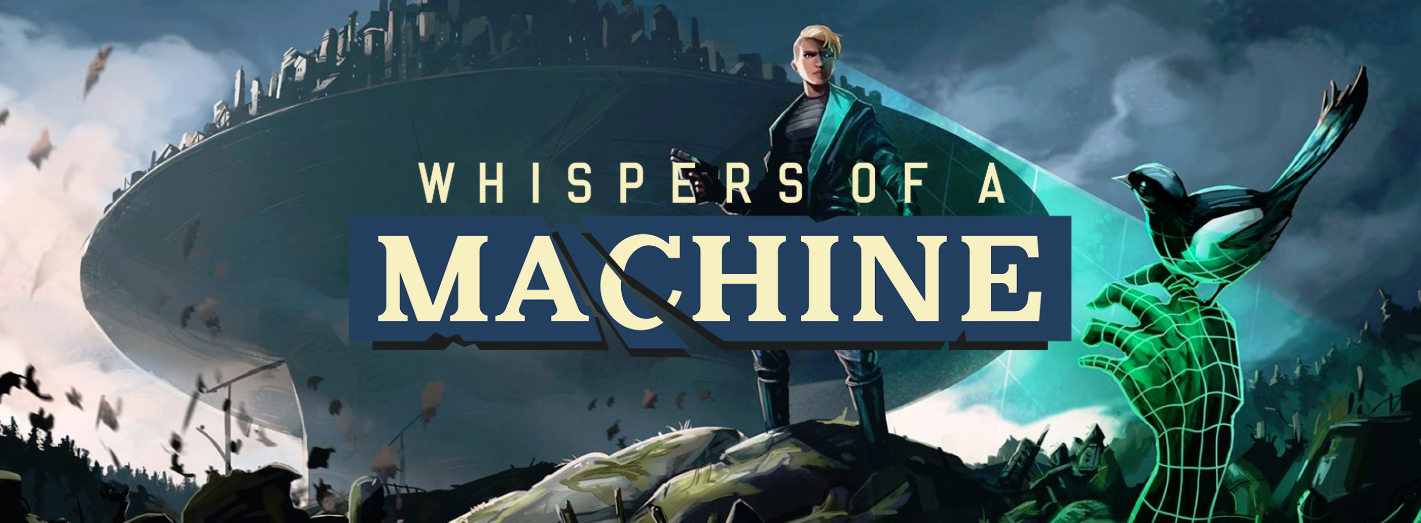
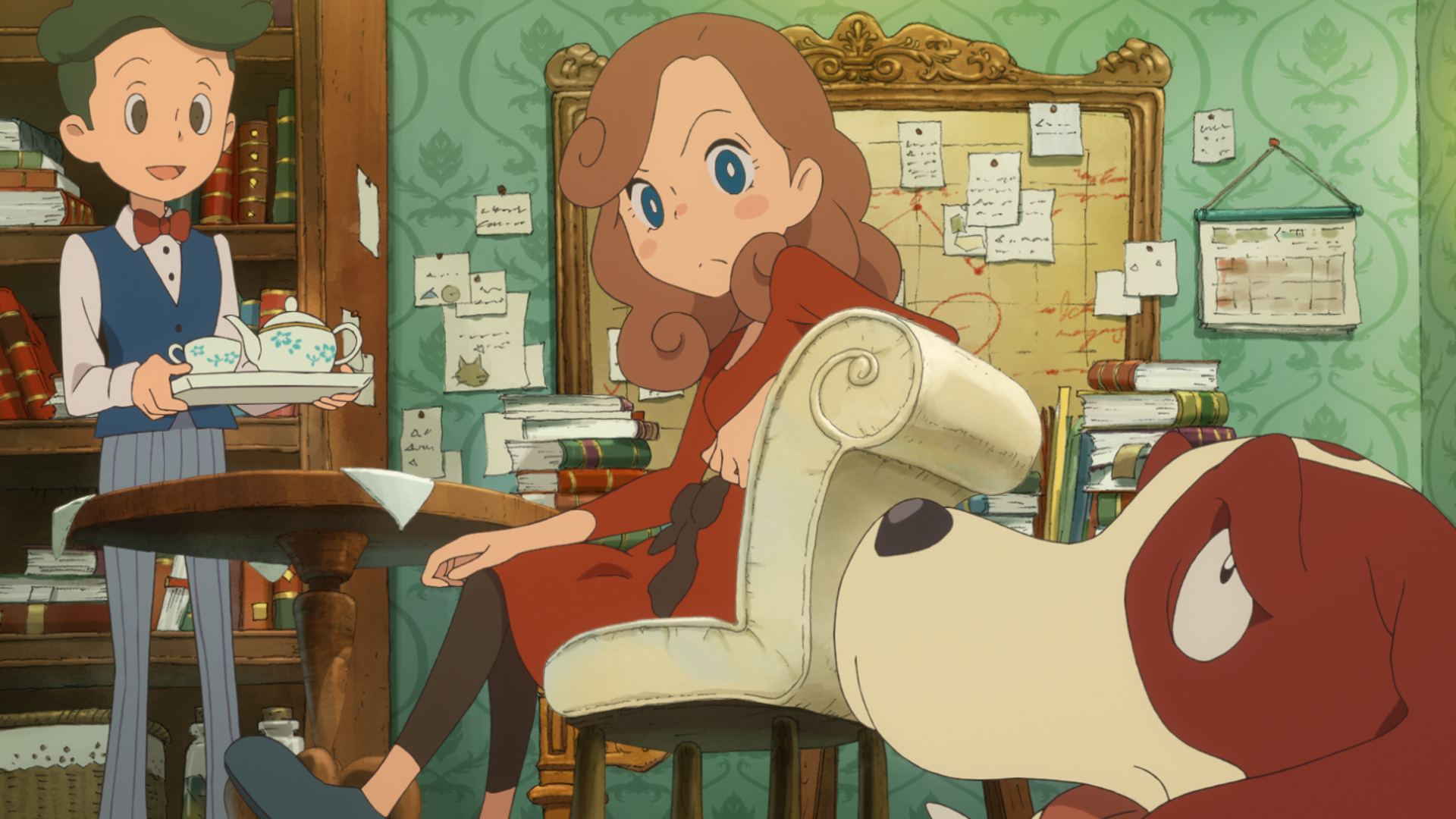
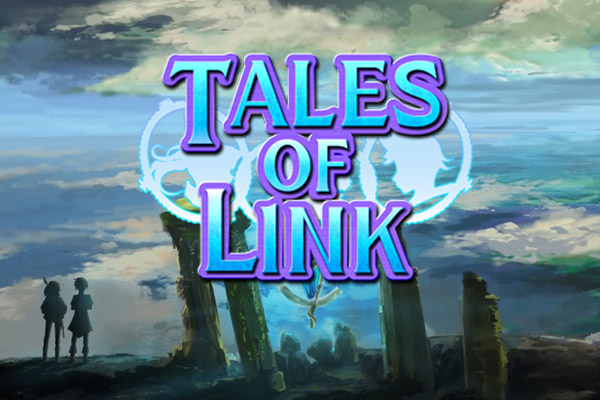

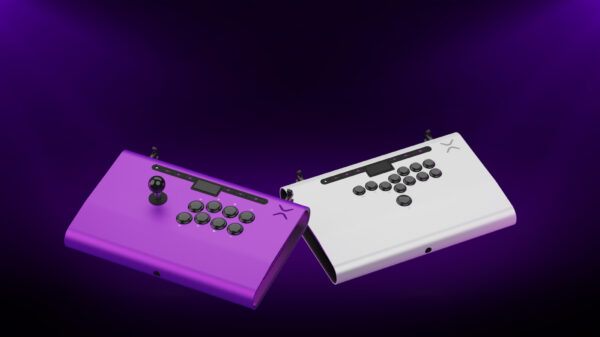
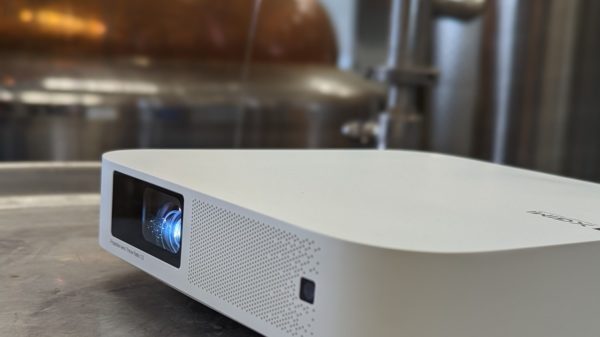




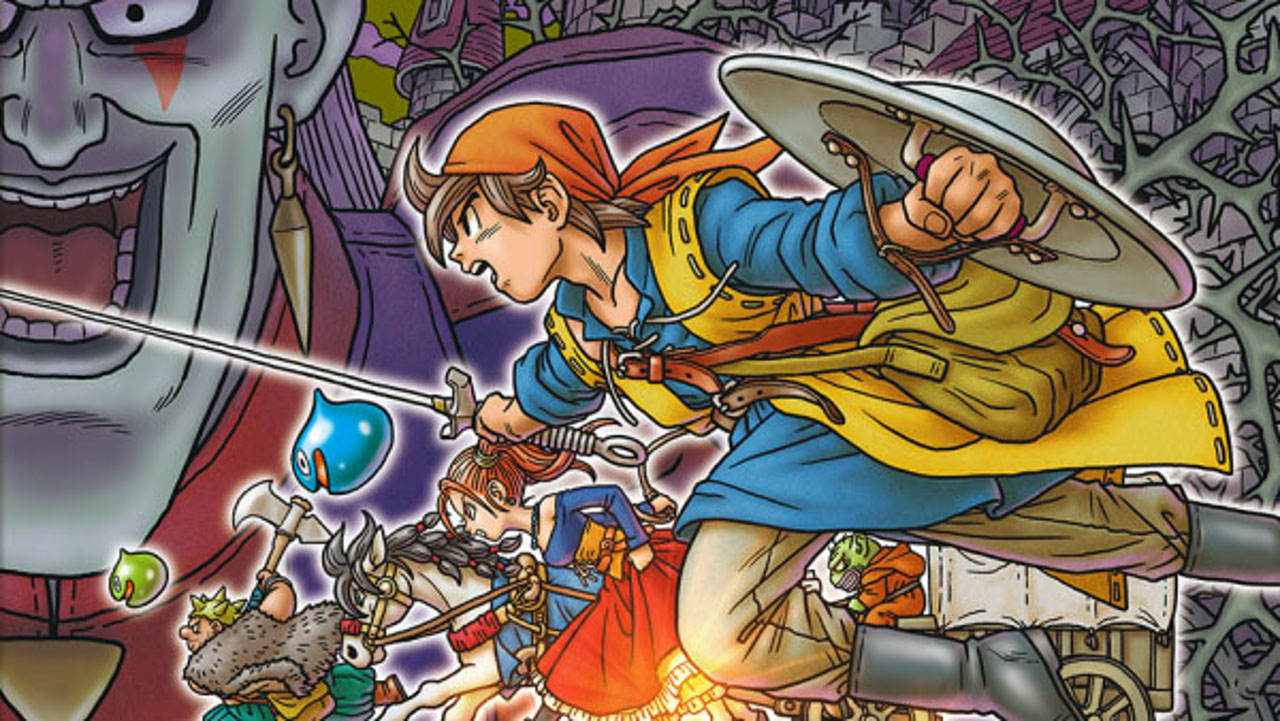
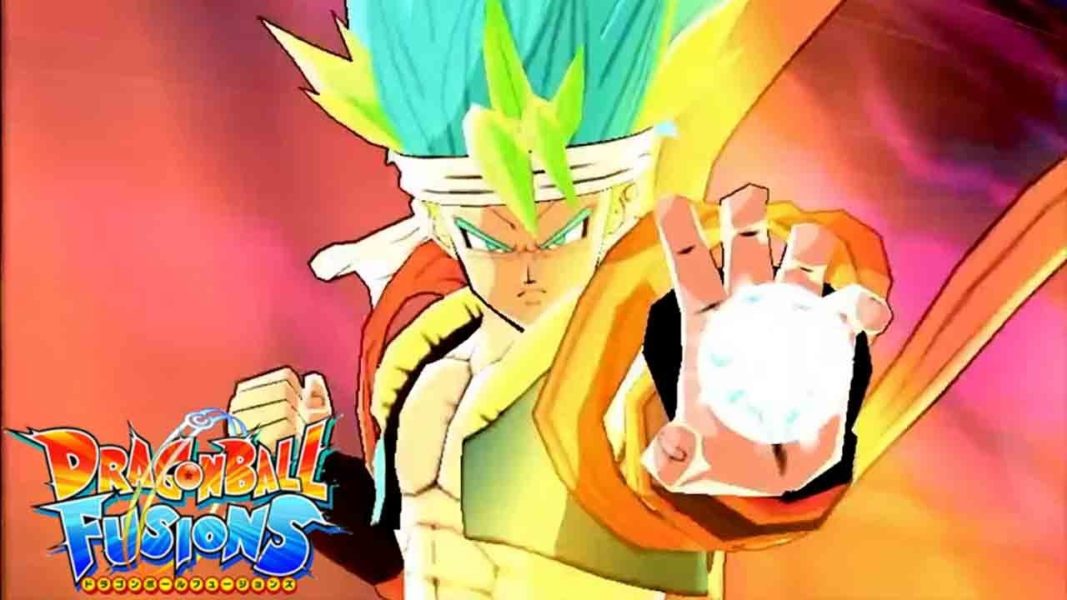





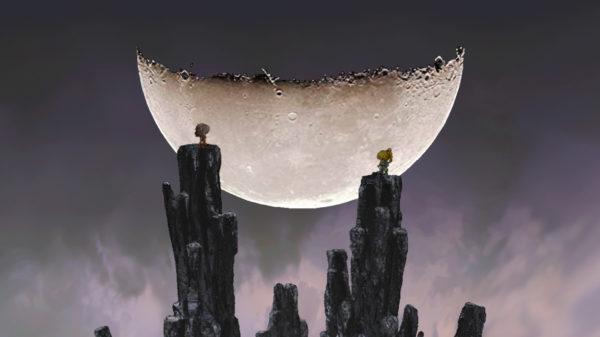
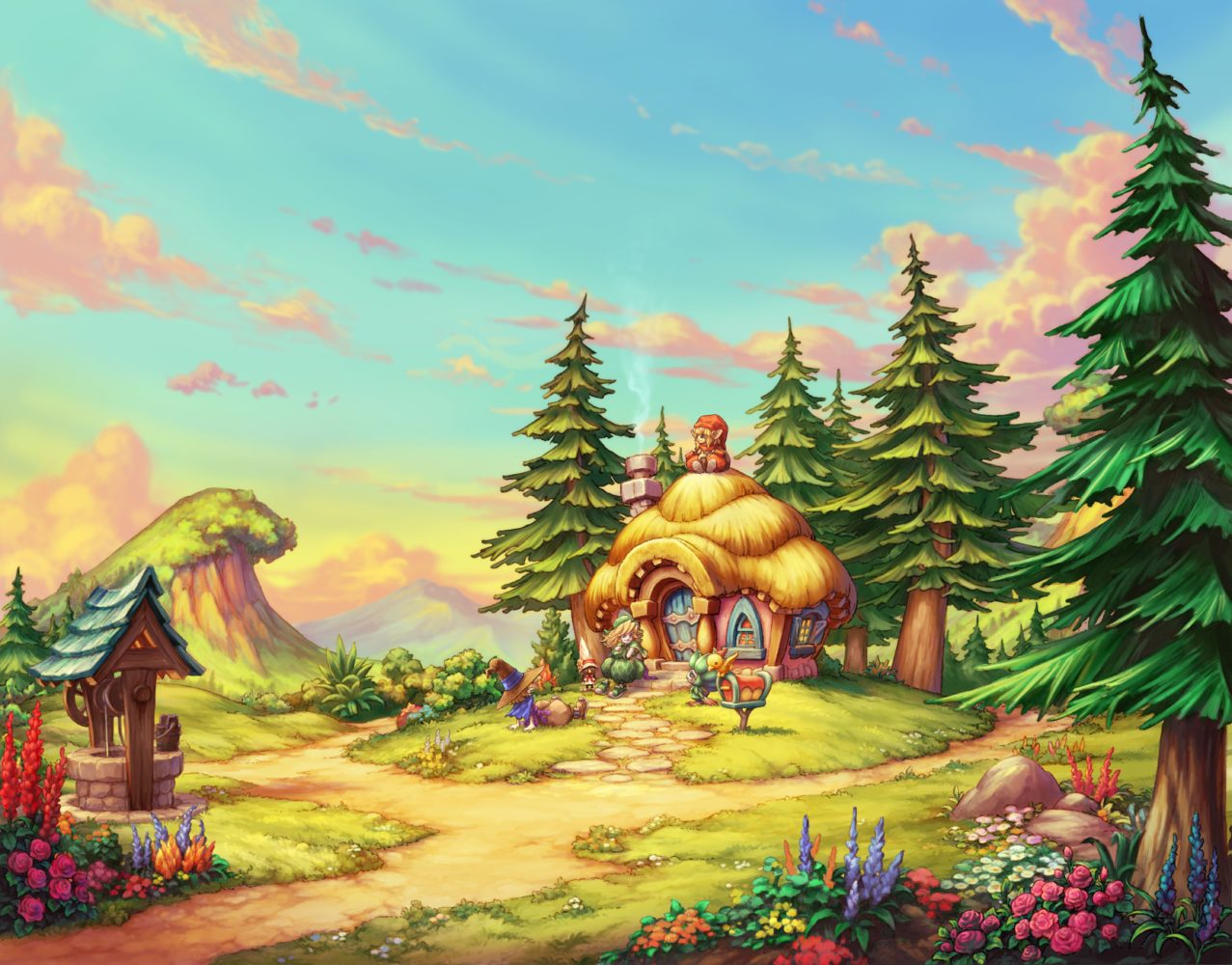

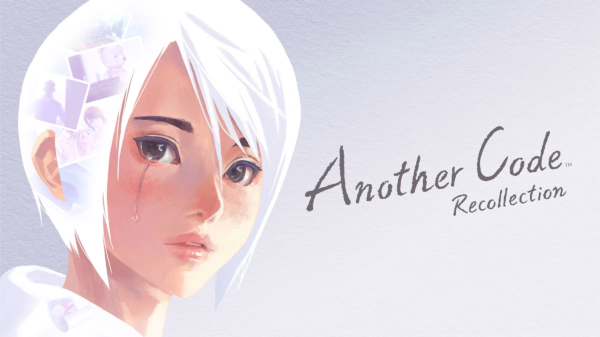
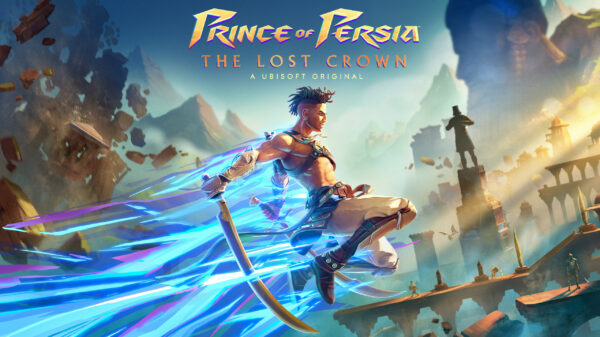
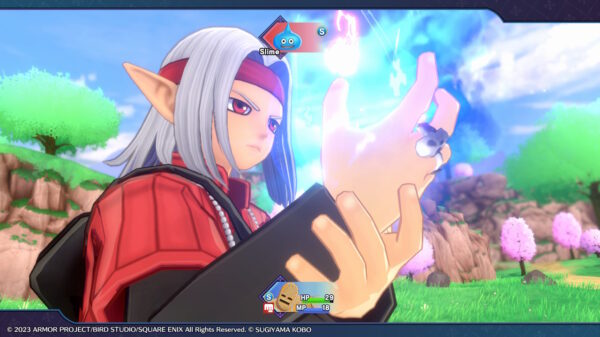
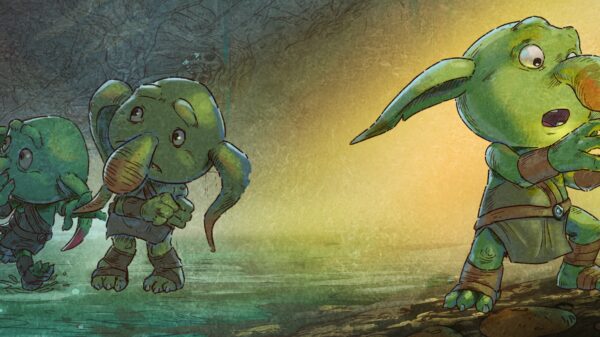
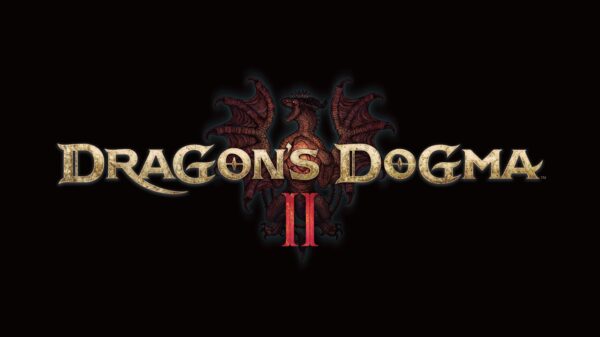
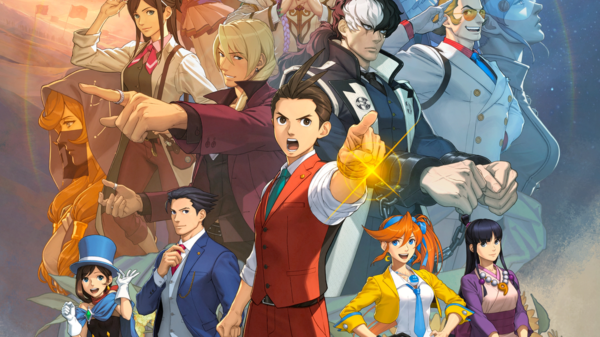
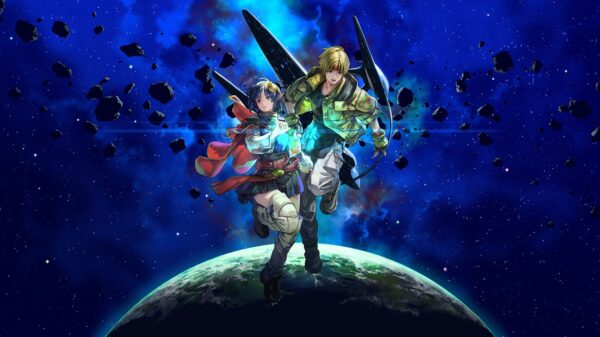
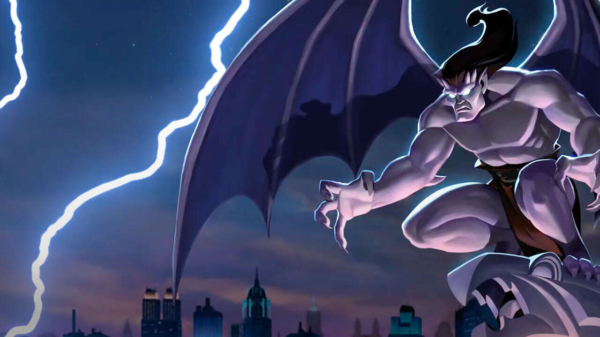
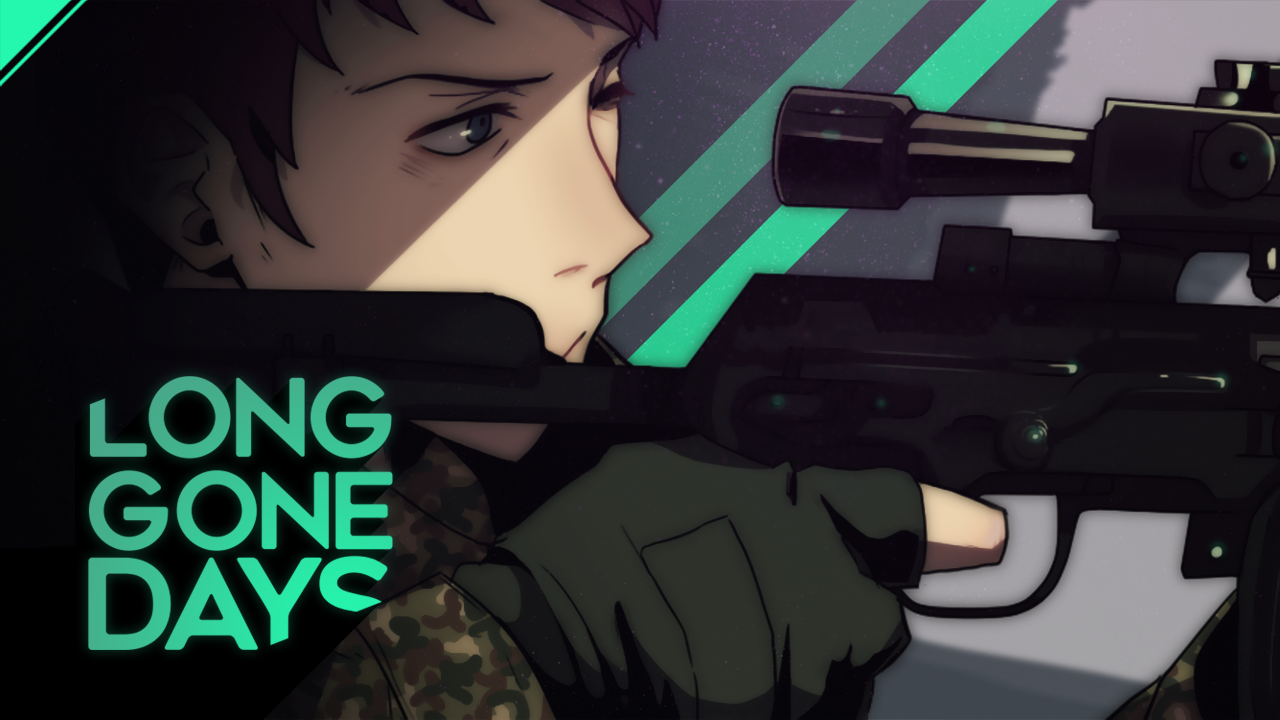
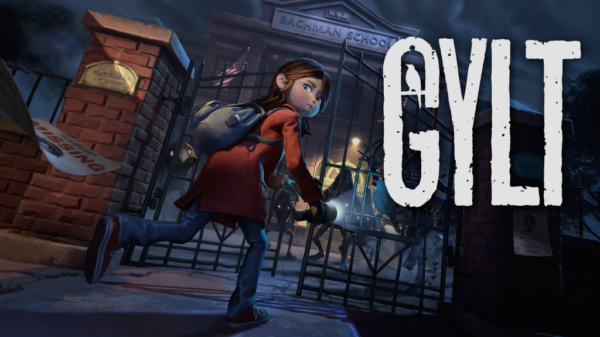
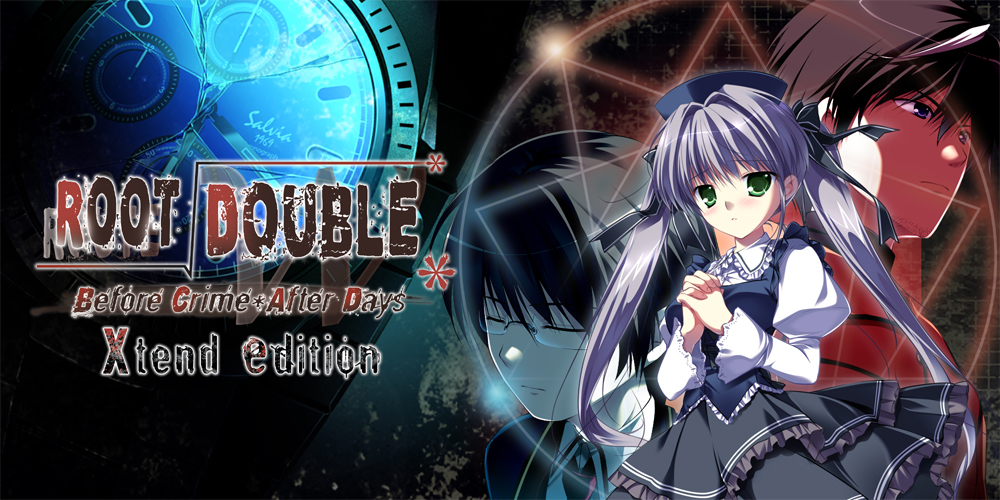
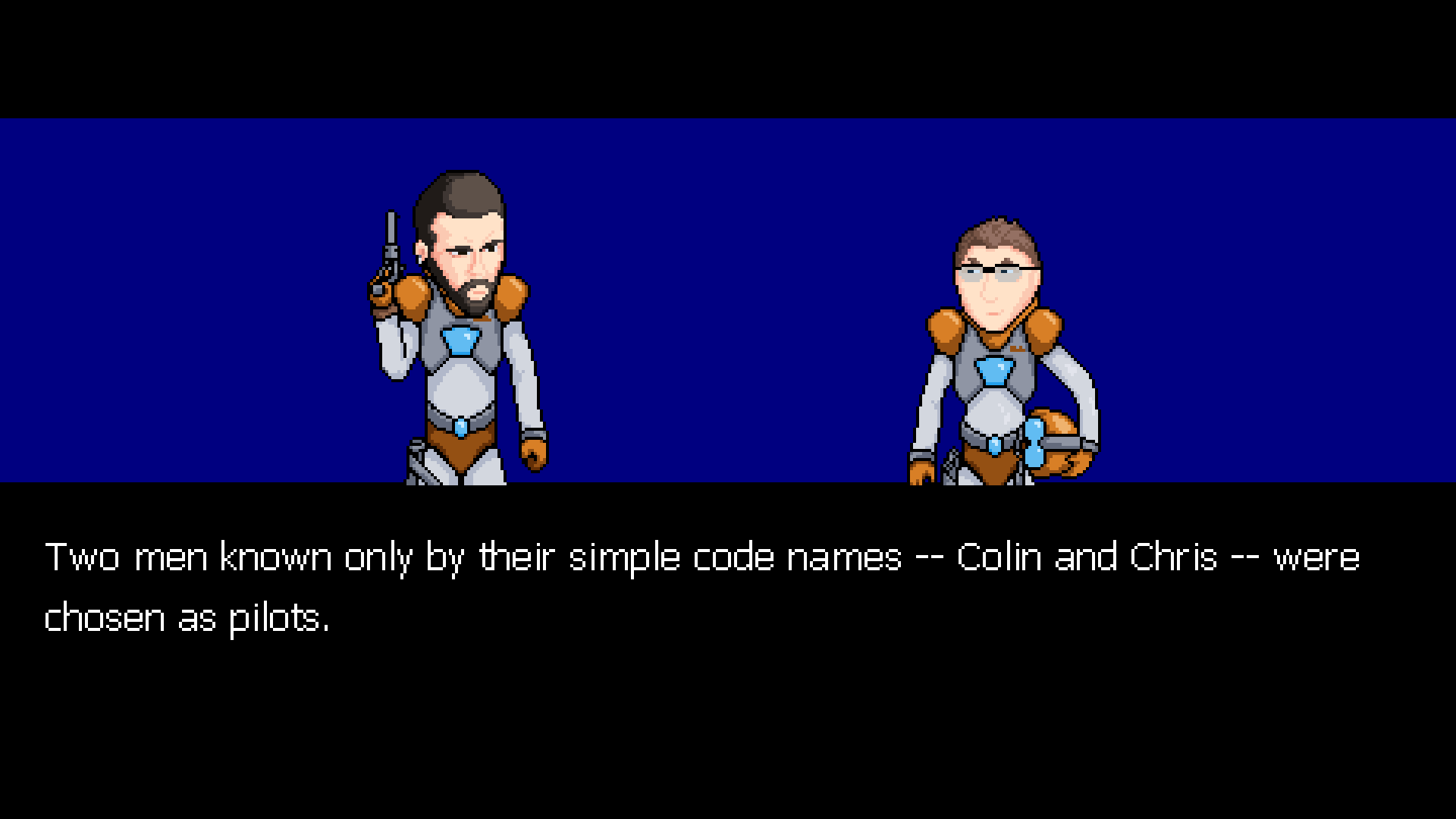
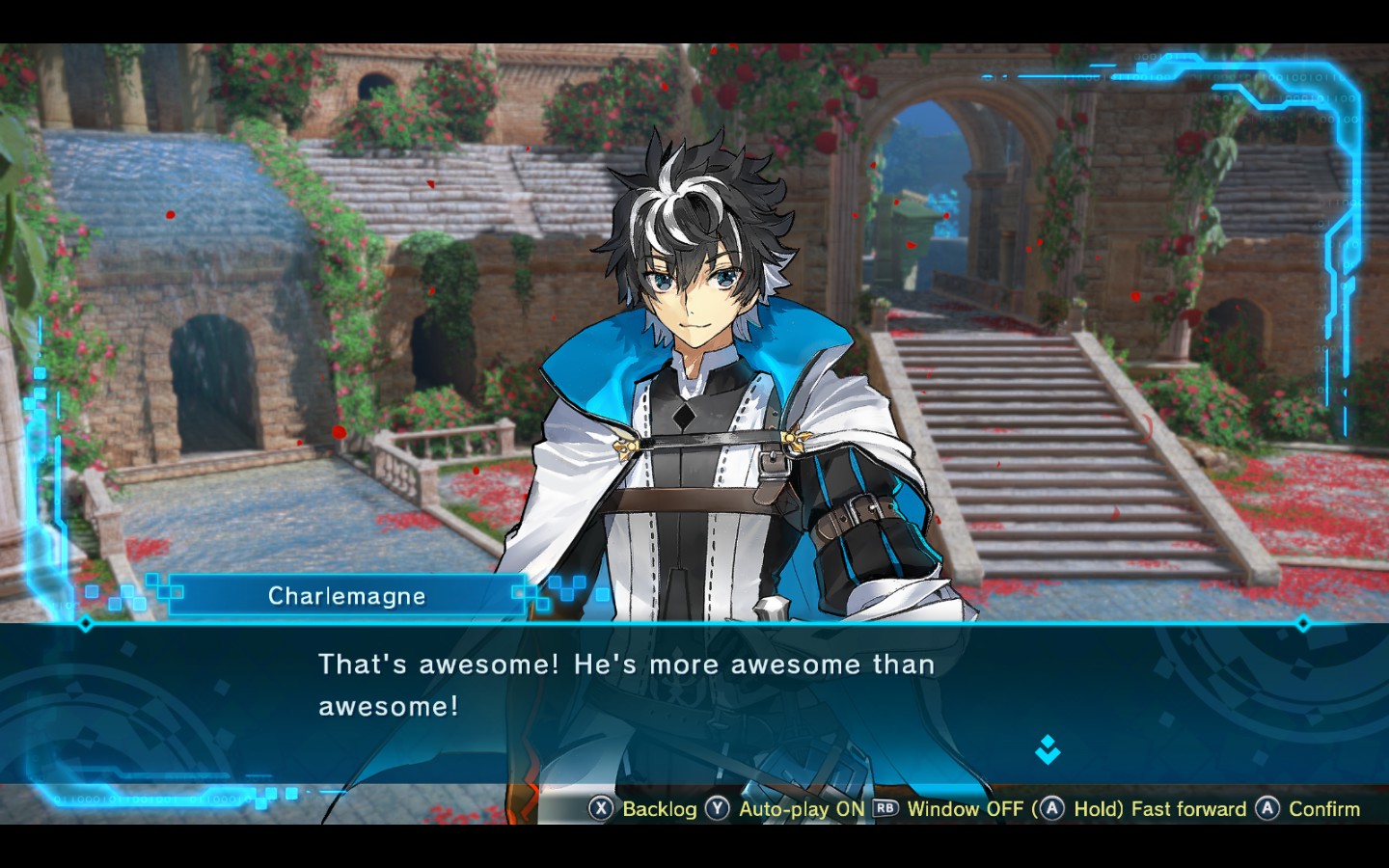
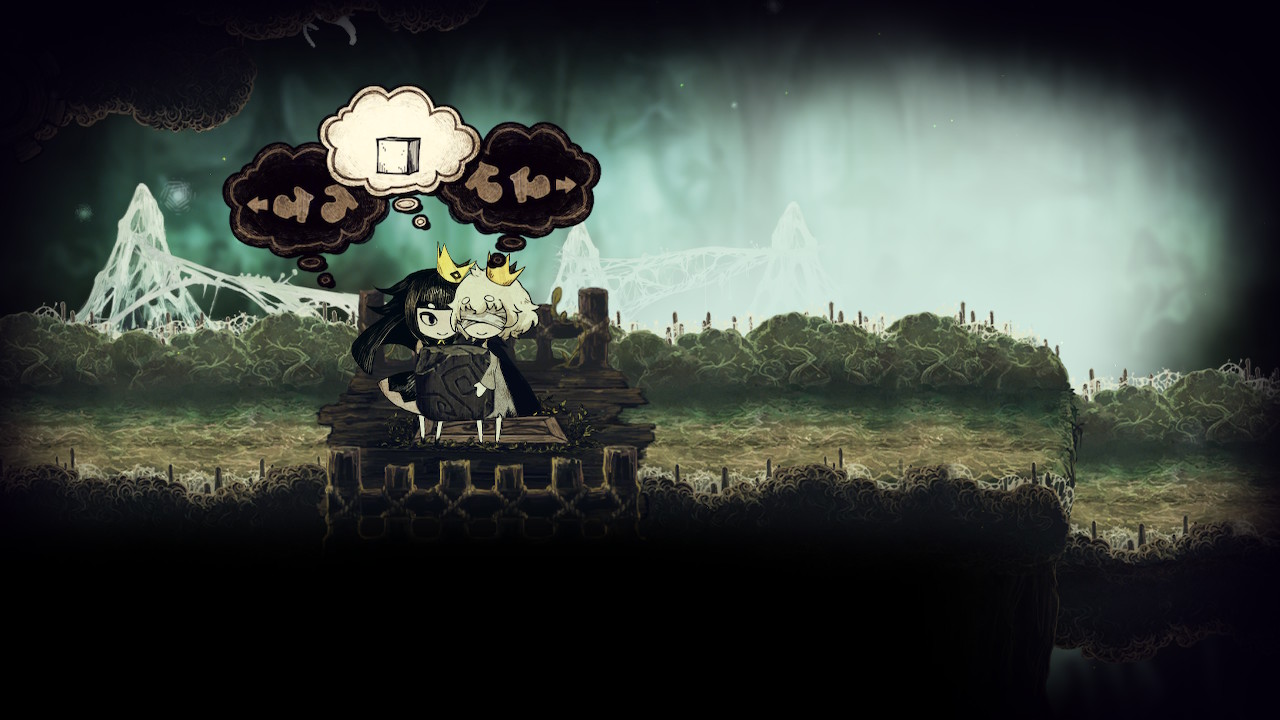
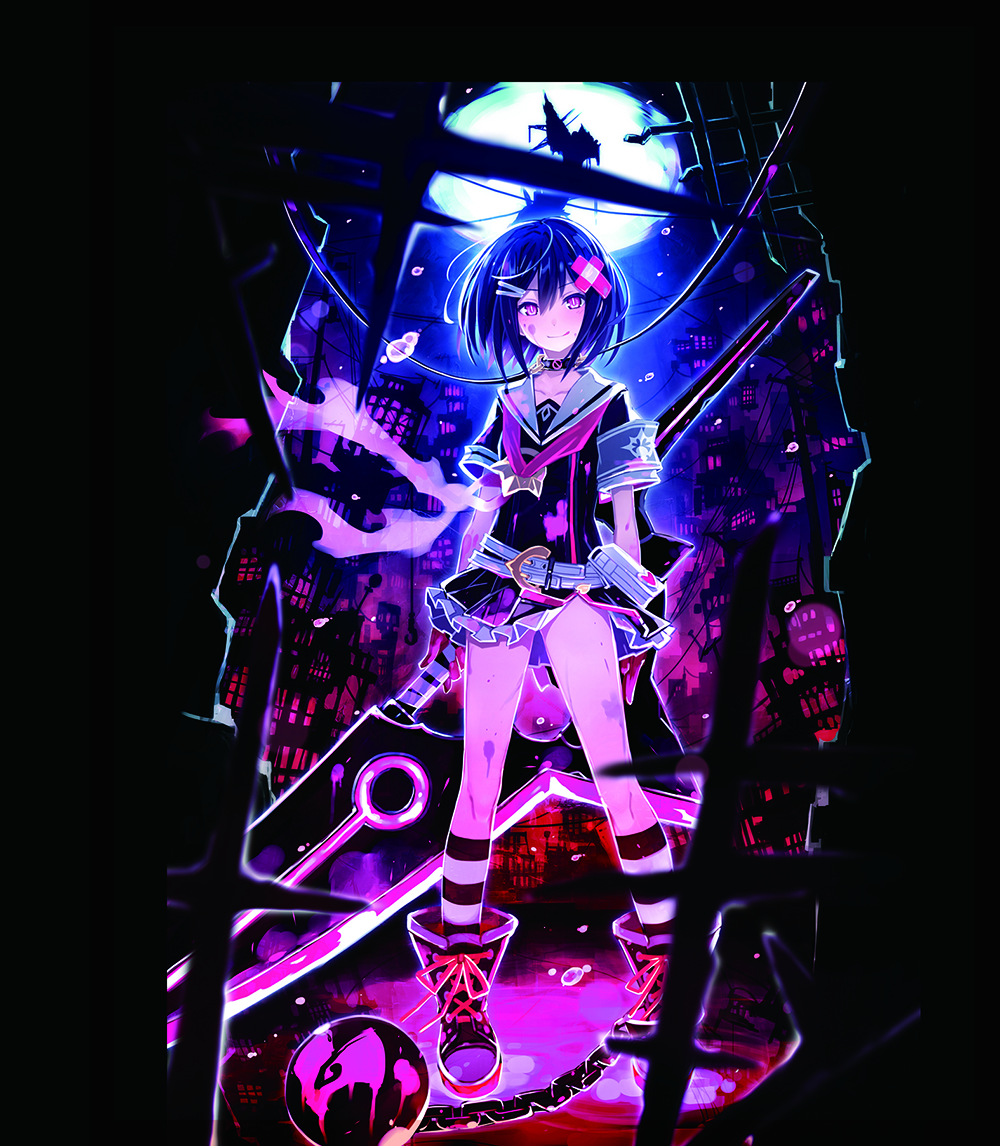
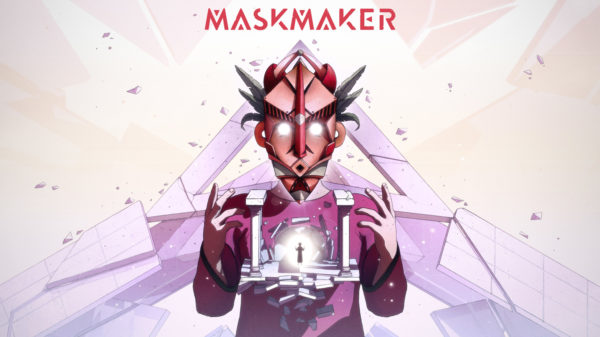
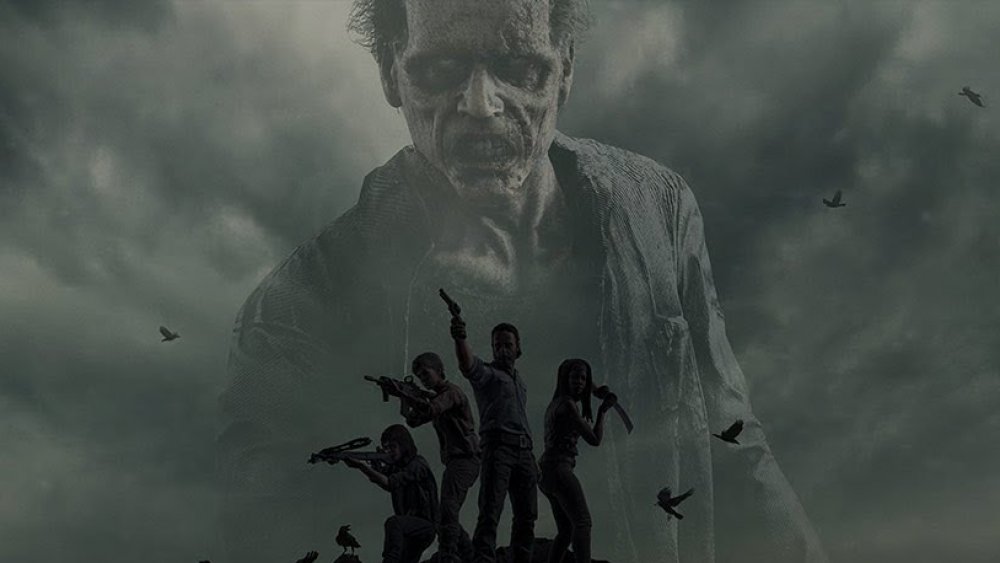

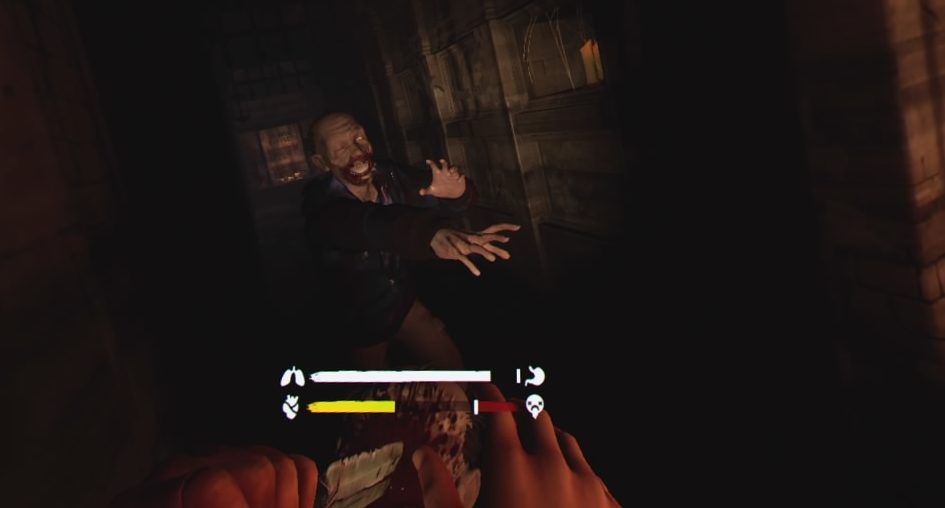
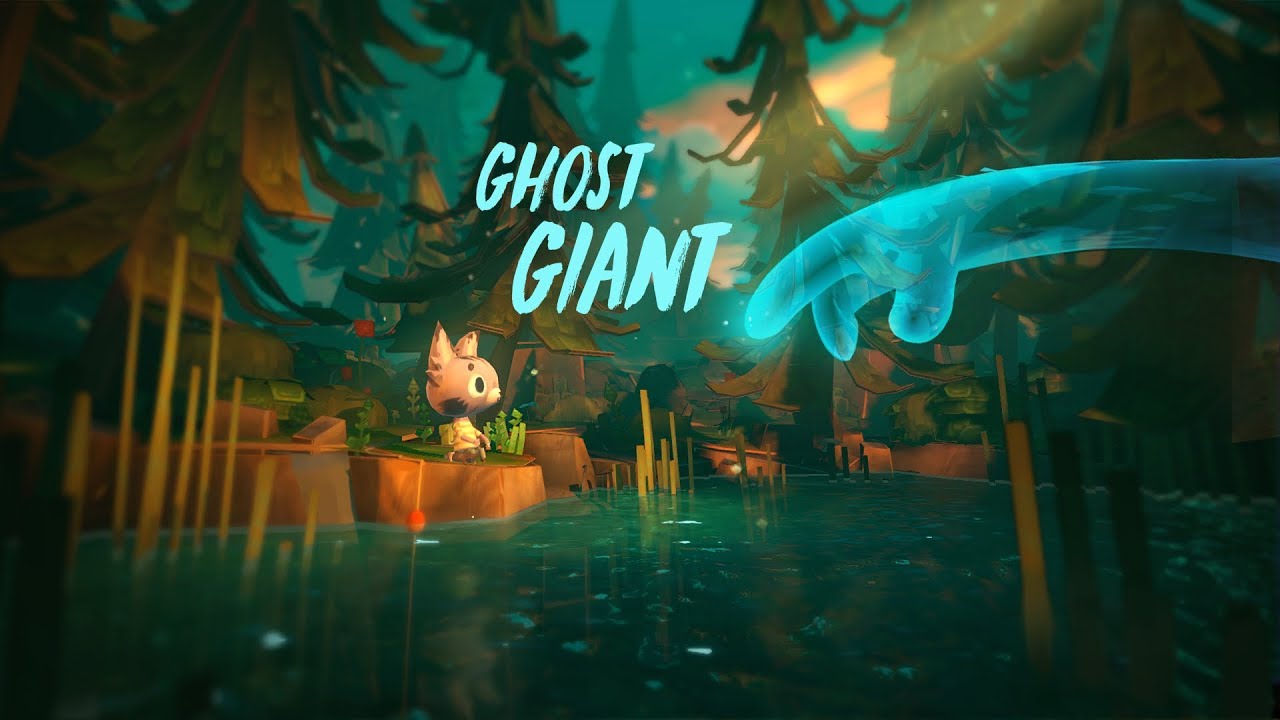
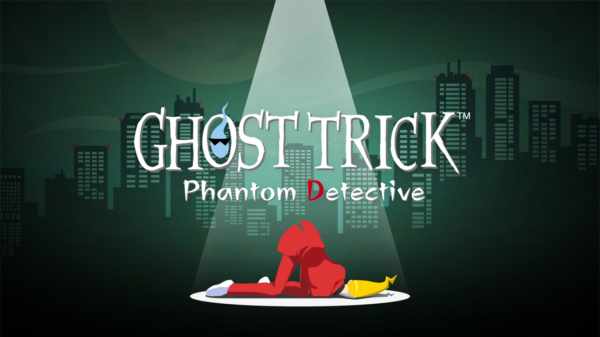

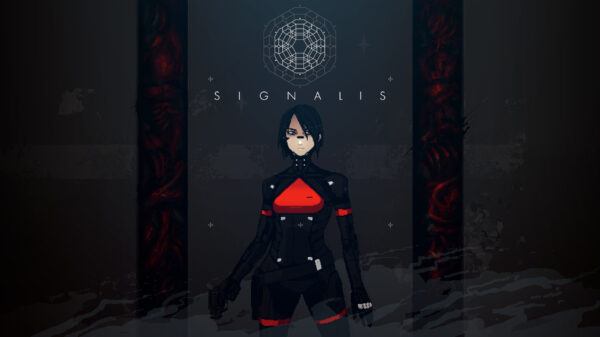
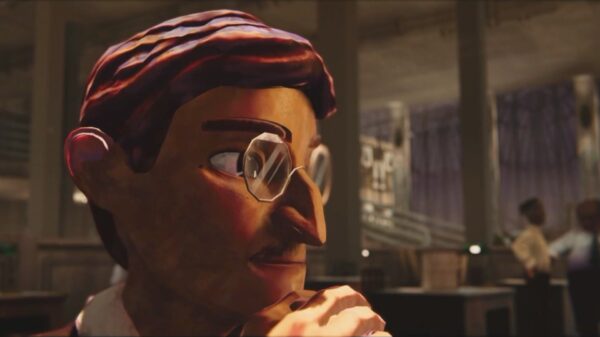

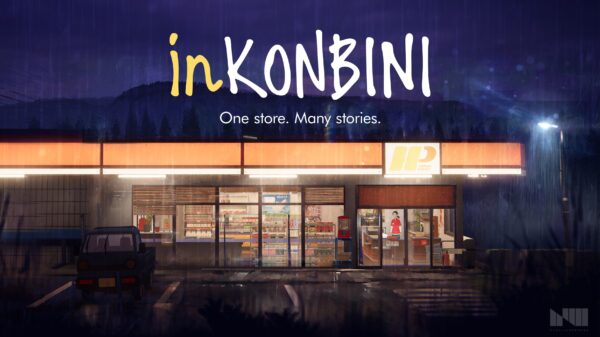

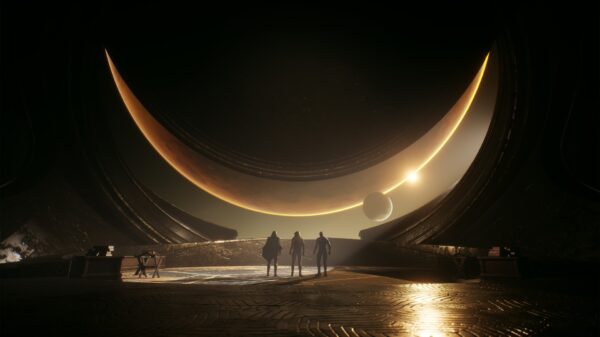
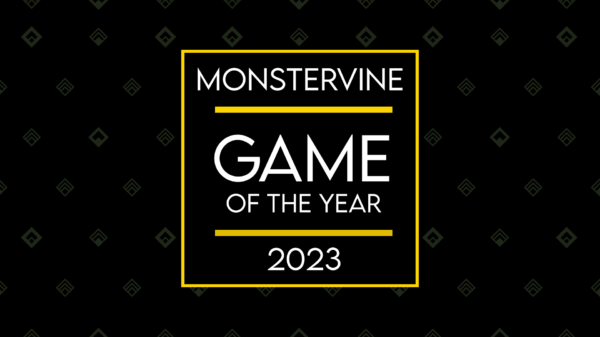

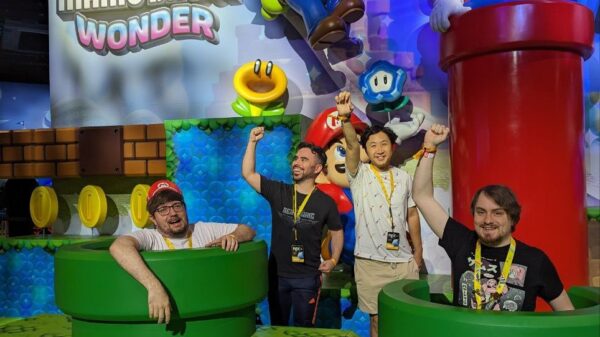
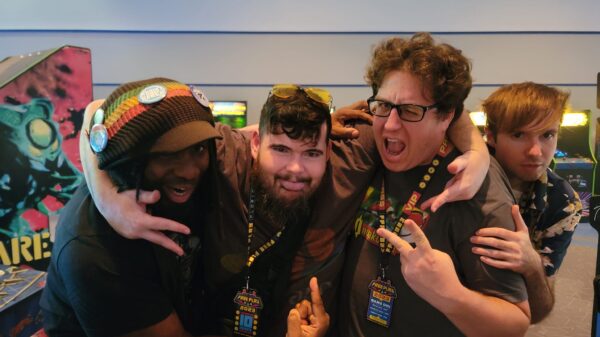
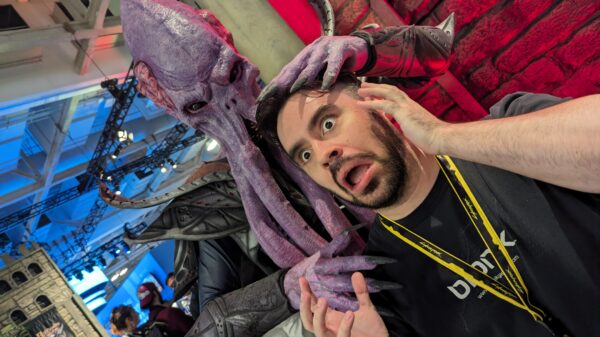
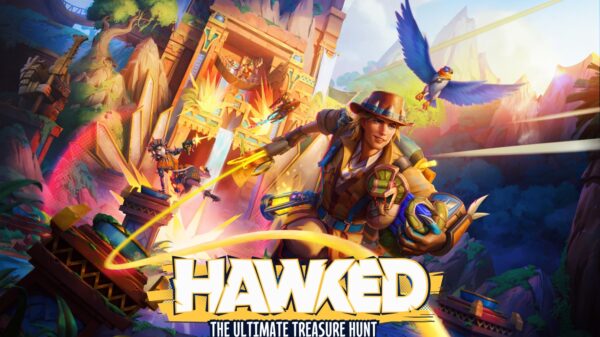
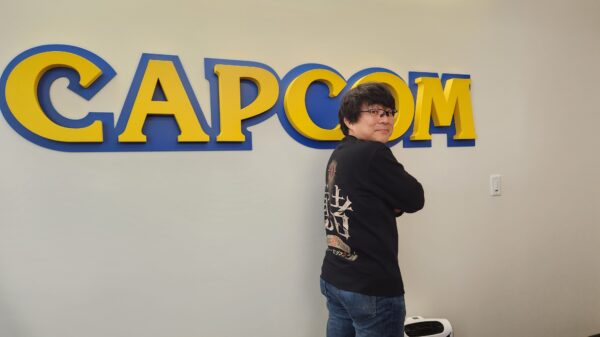

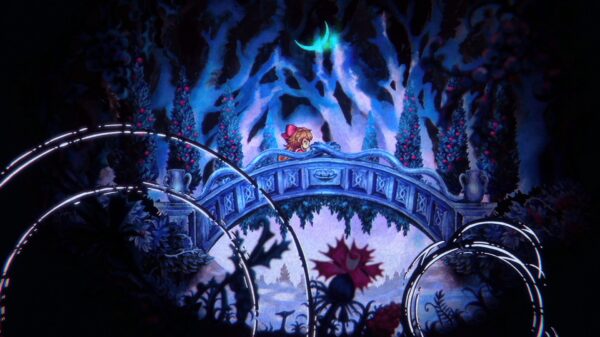

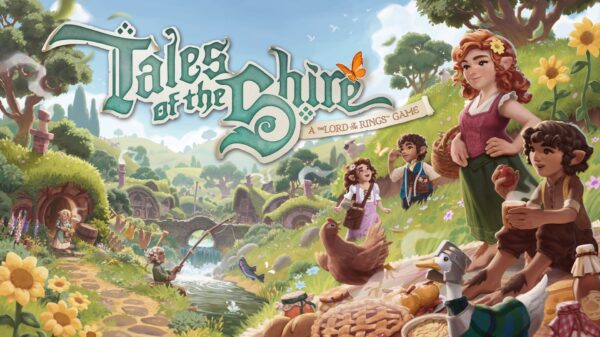

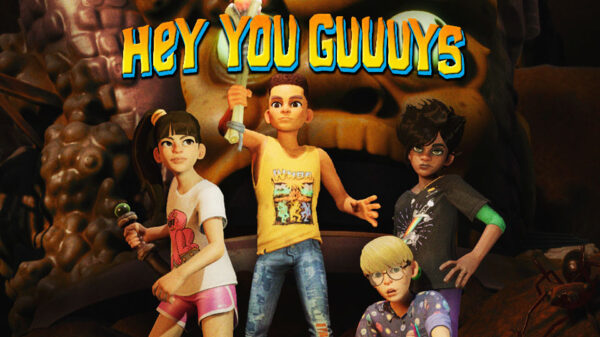
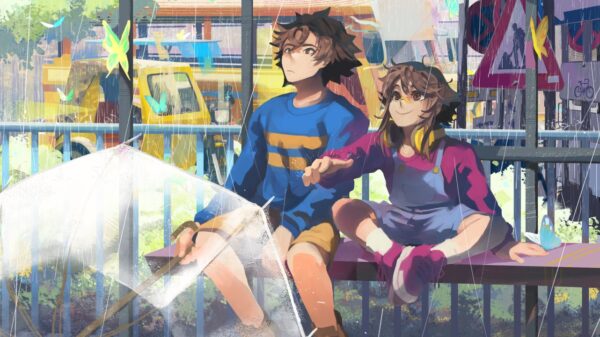
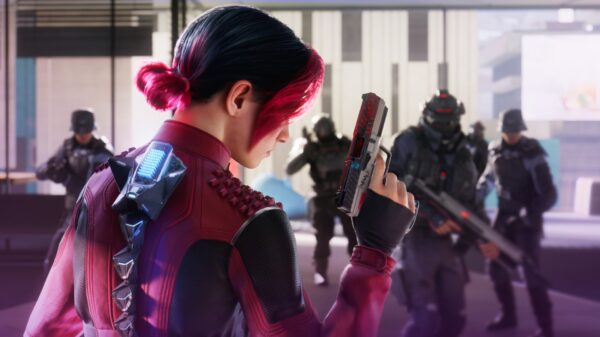
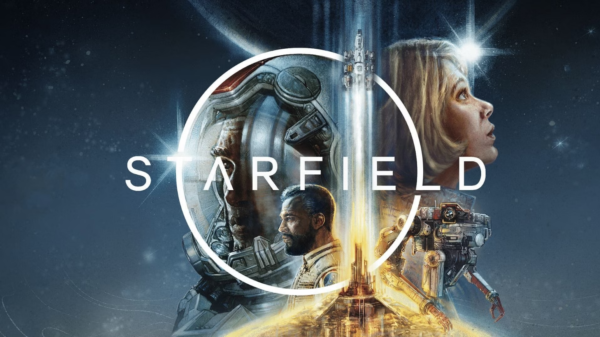
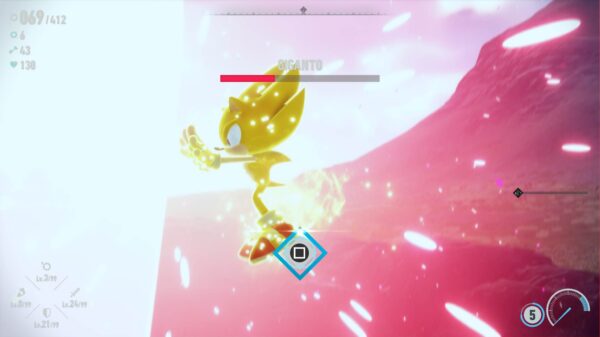
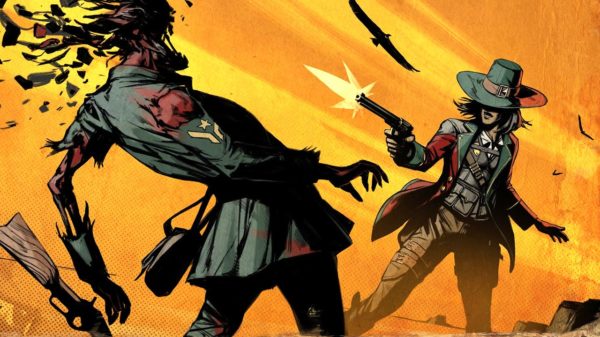
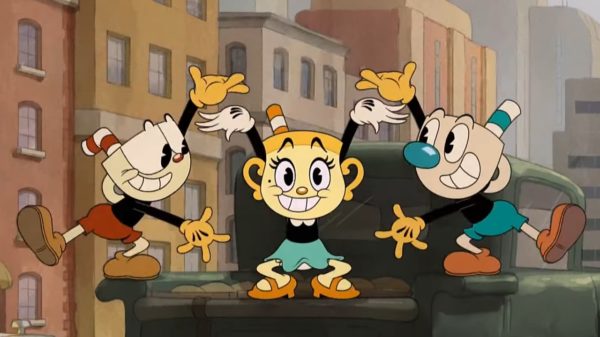
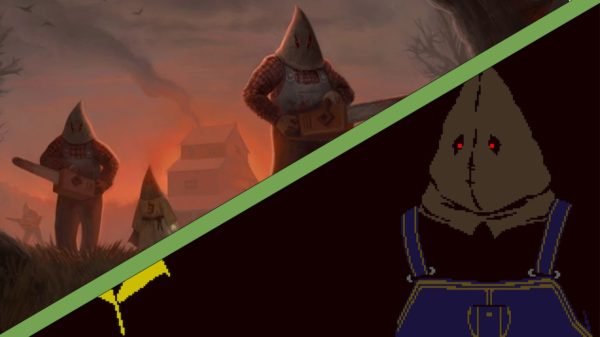
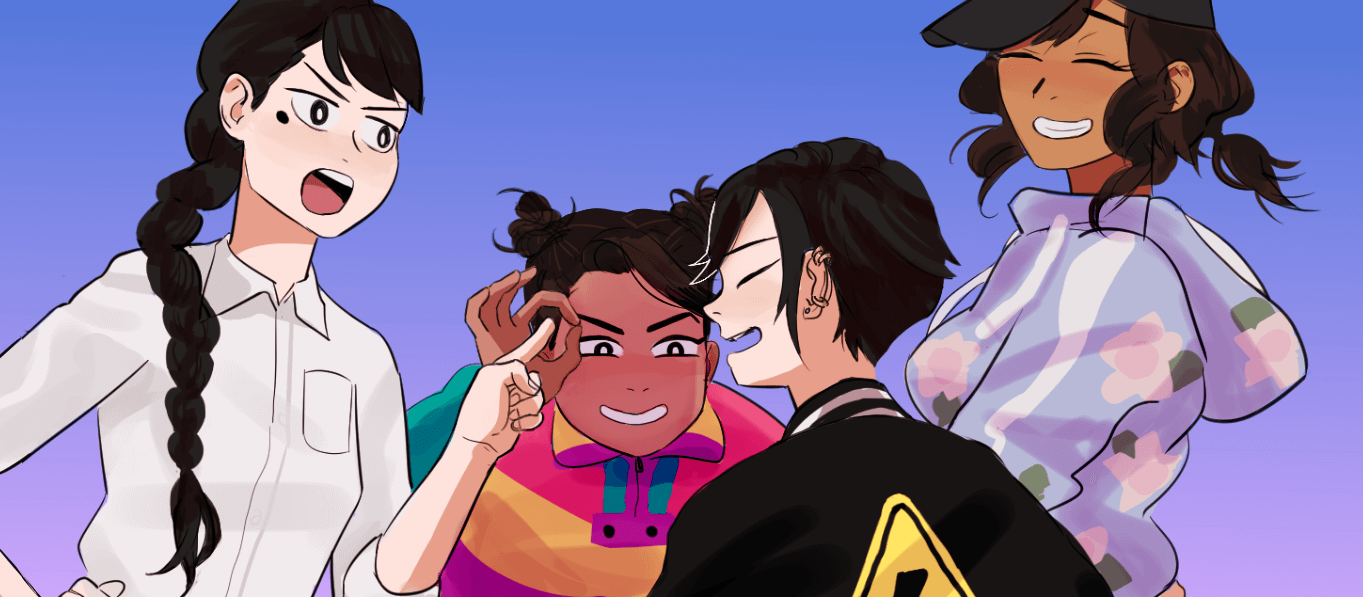
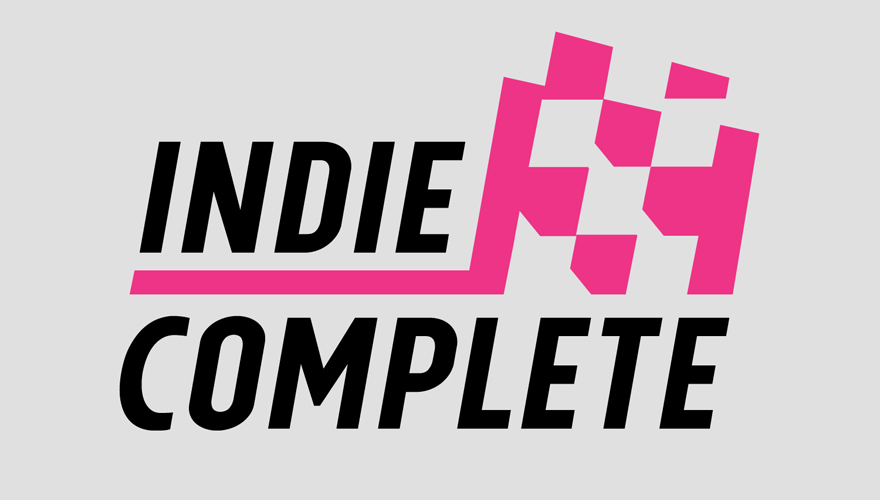

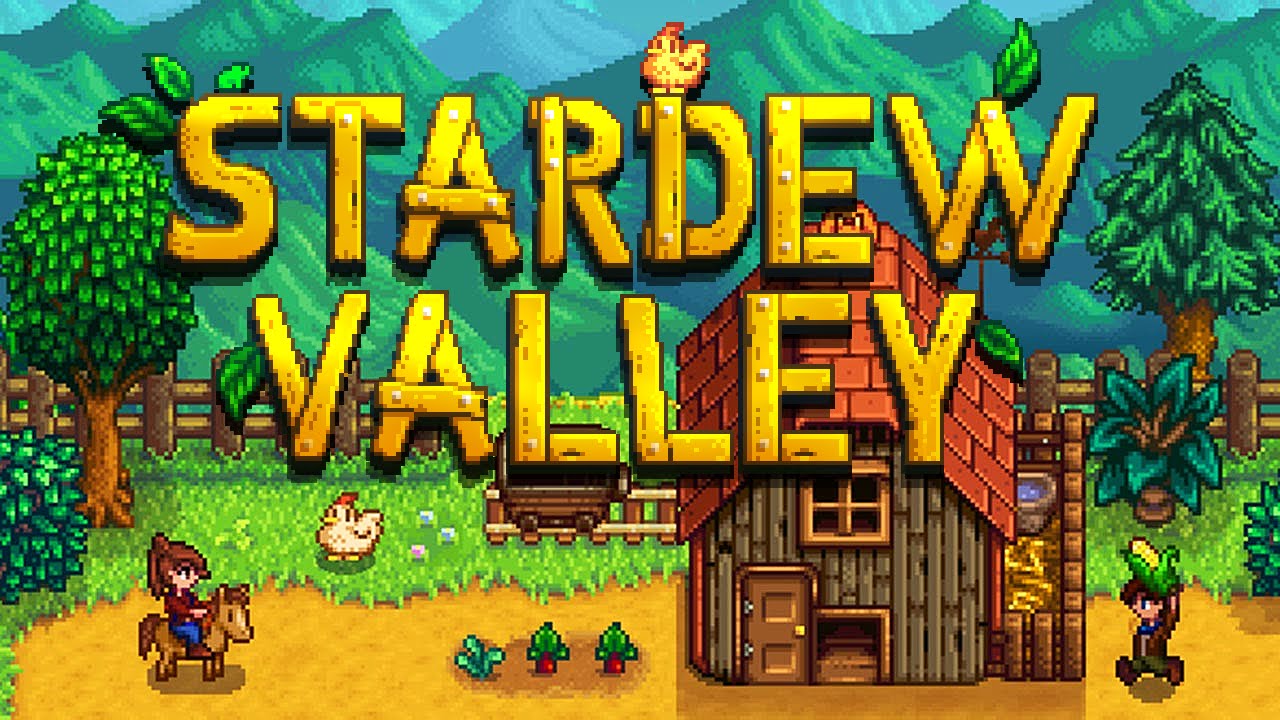





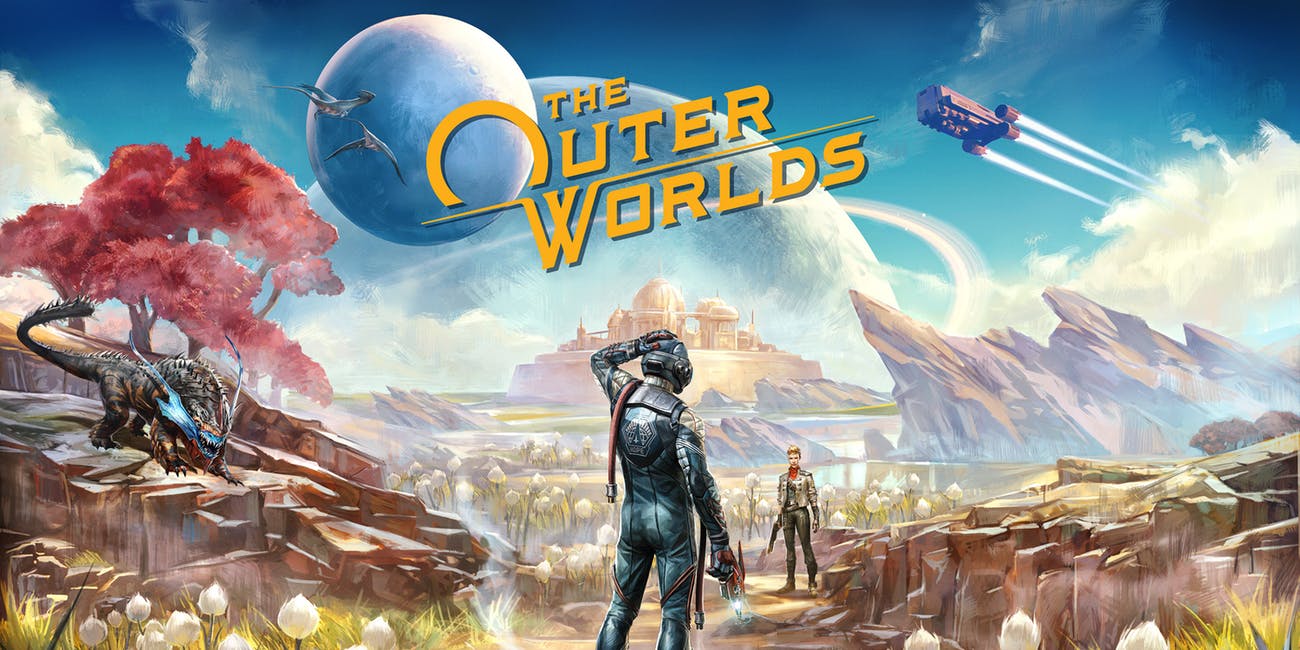



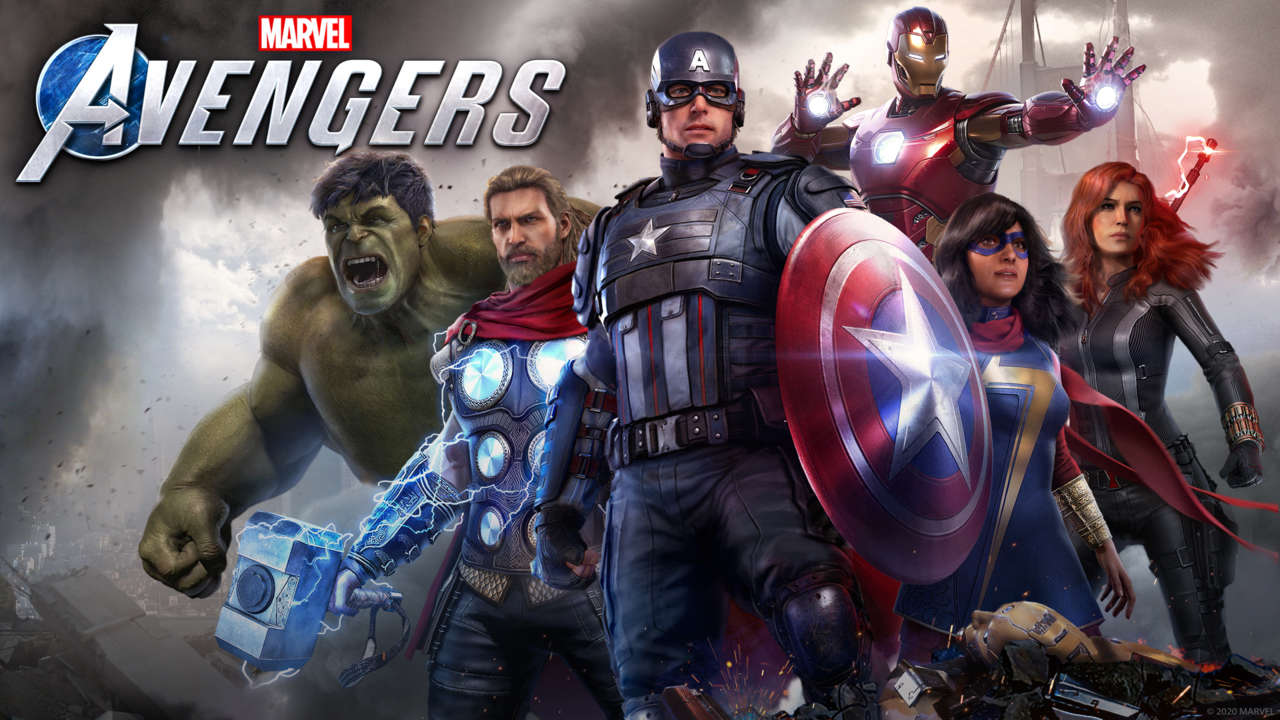

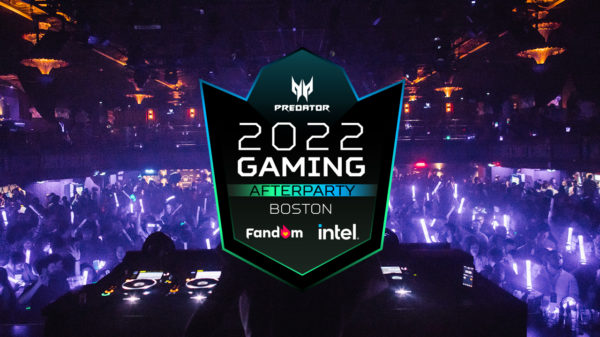

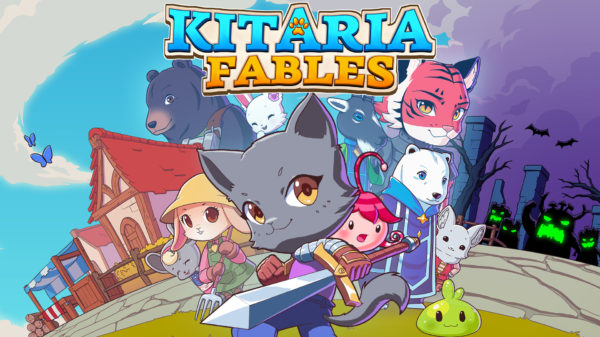


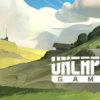
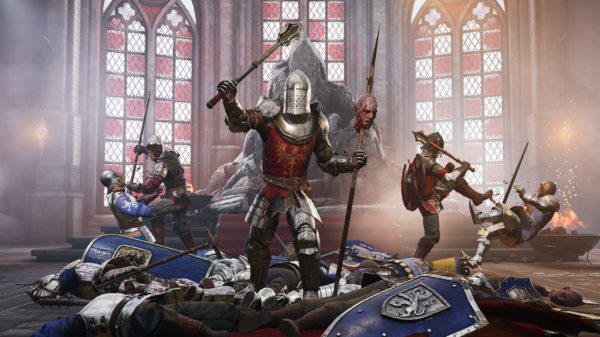
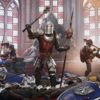
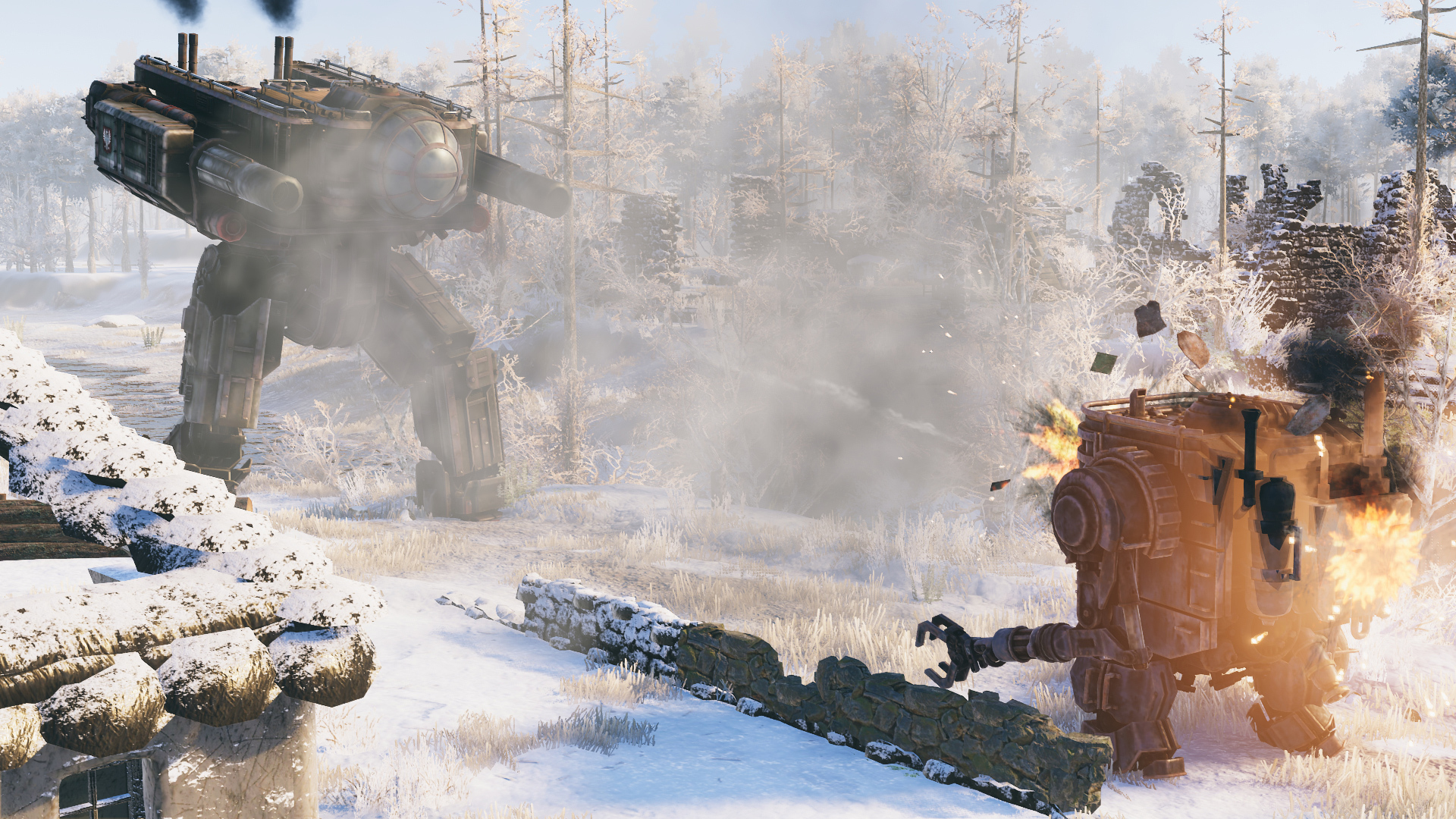
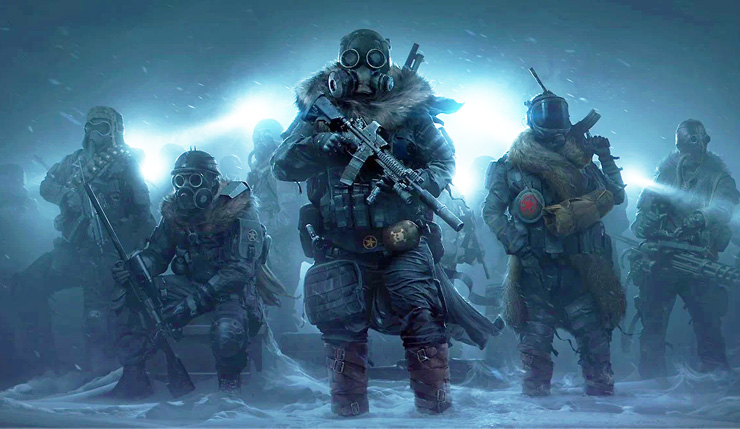
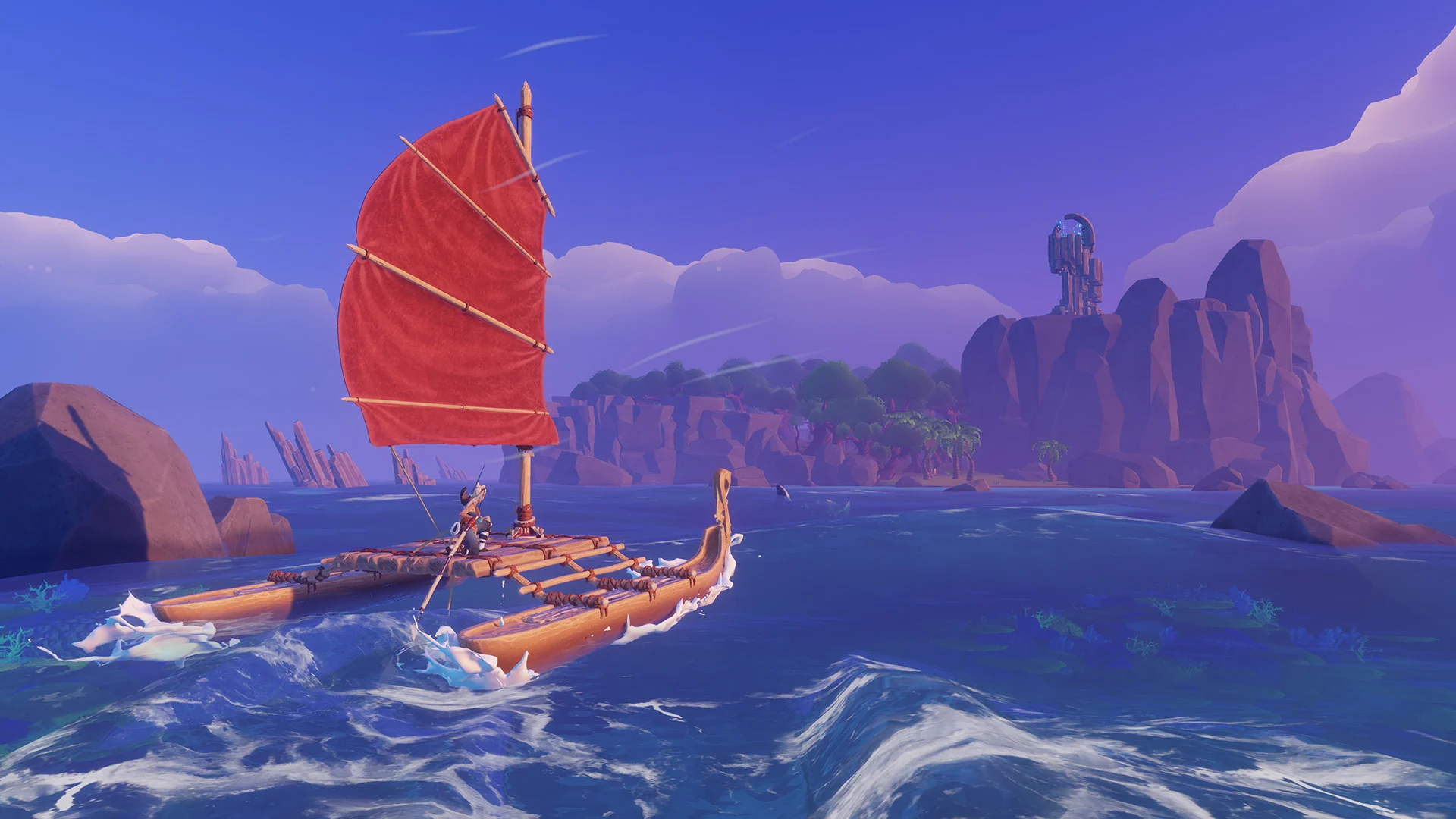
Pingback: Iron Harvest Review - Metal Militia | MonsterVine